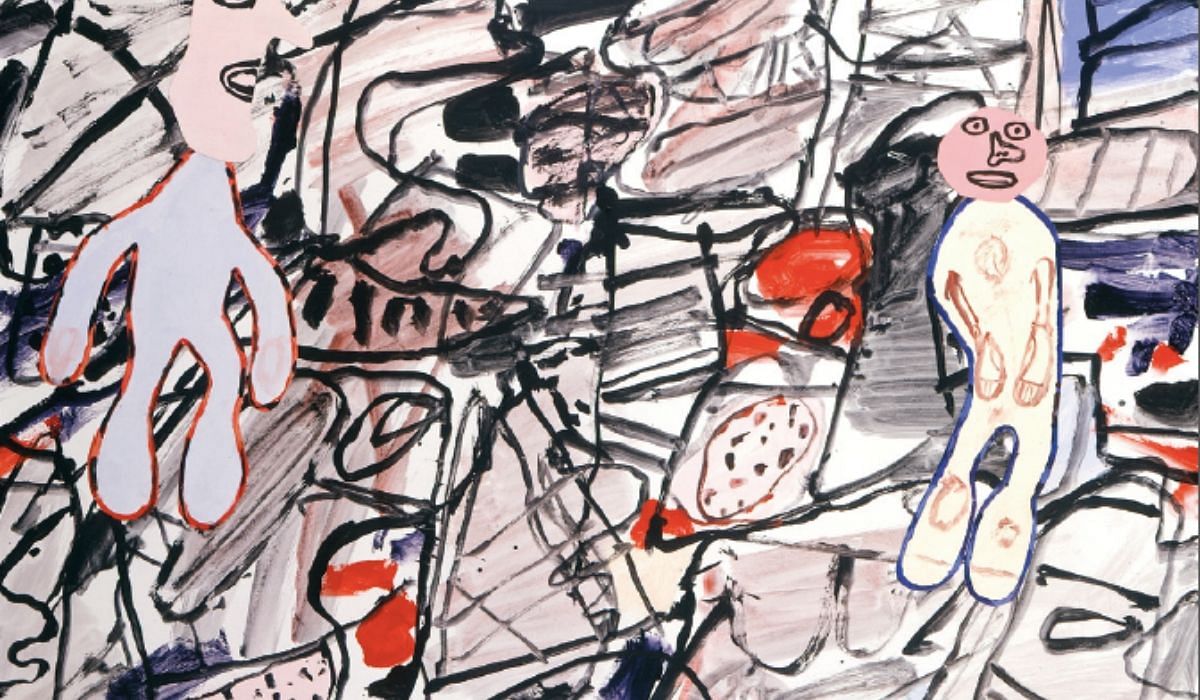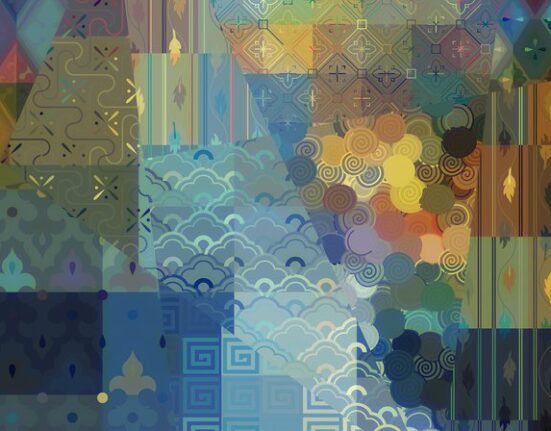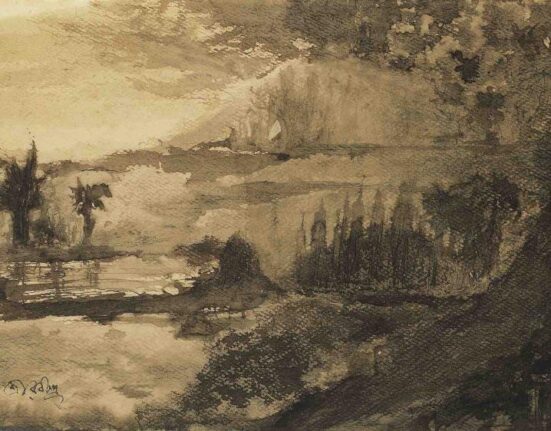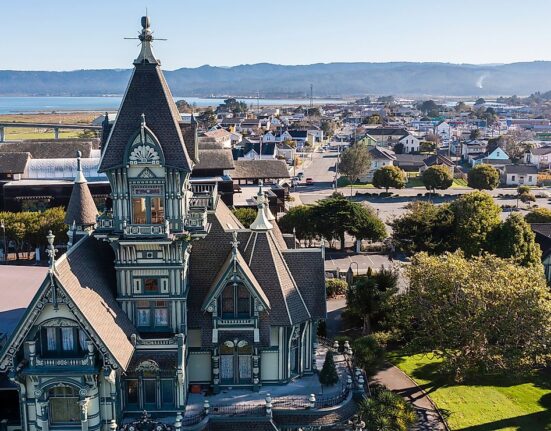New York is arguably the most important global centre—historically, artistically and commercially—for the field of modern and contemporary art”, says Sofie Scheerlinck, managing director of TEFAF New York. “We are delighted to be part of this dynamic art landscape, offering an unrivalled platform for exhibitors in New York. In turn, the fair offers art lovers, collectors, museum curators and design professionals an exceptionally strong lineup of leading international galleries, and a revelatory art experience in the city.”
Held for the third time, from May 3-7, at the Park Avenue Armory, the Spring edition gathered 93 exhibitors, including 13 new participants such as Kamel Mennour (France), Pace Gallery (United States), and Galerie Thaddaeus Ropac (U.K.), among others. Here are five trends that we identified at this Spring’s event.
(Related: Why art is essential during a crisis)
Trend 1: At the Crossroads of Design and Art
With beautiful and functional pieces made by creative minds who can be described equally as designers or artists, some galleries promote a dialogue between different disciplines.
Founded by French duo Julien Lombrail and Loic Le Gaillard, Carpenters Workshop Gallery is one example. Among the gallery’s most iconic artists and designers are Maarten Baas, Vincenzo De Cotiis, Mathieu Lehanneur and Studio Job, just to name a few. Founded in 1979 in Milan by Nina Yashar, the Nilufar Gallery also took part in the fair, showcasing the Palm floor lamp by Michael Anastassiades and the Atollo table by Massimiliano Locatelli, among other stunning pieces.
Trend 2: An Ode to Women
Several renowned galleries decided this year to showcase some of the most important and visionary female artists and designers of the 20th and 21st centuries. Hauser & Wirth presented works by Louise Bourgeois (1911-2010), Maria Lassnig (1919-2014) and Alina Szapocznikow (1926-1973), which explored themes related to identity and the body.
Galerie Georges-Philippe and Nathalie Vallois exhibited “Tir Avion” by acclaimed French-American artist Niki de Saint Phalle. Axel Vervoordt highlighted the iconic piece “Work” by Japanese avant-garde artist Yuko Nasaka, who joined the Gutai art group in 1963 and rarely exhibits outside her home country.
One of the UK’s leading ceramic artists, Kate Malone, was represented by Adrian Sassoon with “A Pair of Striped Magma Vases”, a piece in crystalline-glazed stoneware.
Trend 3: Legendary Maestros
Pace Gallery exhibited the works of iconic 20th-century artist Jean Dubuffet (1901- 1985, including paintings and sculptures from the 1960s to the 1980s. Organised by the gallery Friedman Benda—a TEFAF first-timer – the exhibition “Wendell Castle: A New Vocabulary” was a tribute to the late (1932-2018) American designer’s sculptural approach to design.
Artworks by pioneering modernist Paul Klee (1879-1940)—presented by David Zwirner—and by Spanish cubist painter Juan Gris (1887-1927)— exhibited by Helly Nahmad Gallery—also reminded observers of how these creatives shaped the history of art.
Thanks to Bernard Goldberg Fine Arts, visitors (re)discovered the visionary group The Eight (Robert Henri, William J. Glackens, Everett Shinn, Maurice Prendergast, Arthur B. Davies, Ernest Lawson, George Luks and John Sloan) who established one of the most notable movements in American art history.
(Related: Design highlights from 2020’s Salone del Mobile furniture)
Trend 4: Material Exploration
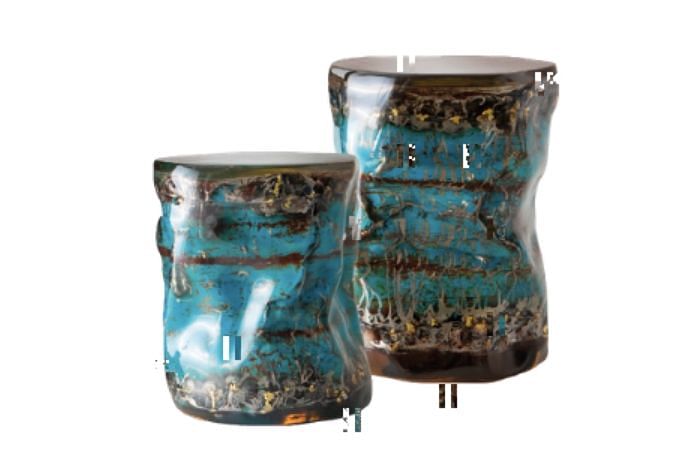
Through objects, sculptures and jewellery, artists and designers are experimenting with different materials, from resin, metal and brass to porcelain, glass and precious stones.
Born in Iran in 1982, Taher Asad-Bakhtiari explored his heritage with “Reclaimed Barrels” presented by Hostler Burrows: “Cleaned and all spruced up, the finished products are a cross between recycled art, environmental art and upcycle,” he describes. “Each one is unique in style and colour and continues to be multifunctional. Rescued from a fate of total destruction, the barrels tell a story of diversion, barter, overcoming resistance, metamorphosis and recovery. As such, they stand as a testament to Iran’s modern and torturous history: from riches to dust, from shiny new to battered and barely surviving, from frivolity to austerity and then slow re-conversion. [A] subtle reminder… in a city of extremes.”
Trend 5: Latin American Flair
A champion of Latin American art, Leon Tovar Gallery—which represents artists such as Carlos Cruz-Diez, Julio Le Parc and Jesus Rafael Soto—sold three artworks on the opening days of the fair. The three were “Topologia Erotica” by Cuban artitst Zilia Sanchez (b. 1926), “Paper Shape” by another Cuban artist Agustin Fernandez (1928-2006) and “Untitled” by Uruguayan artist Carmelo Arden Quin (1913-2010).
These sales underscore the dynamism of the Latin American art market. Meanwhile, Sergio Camargo (1930-1990) for the Gladstone Gallery and Joaquim Tenreiro (1906-1992) for R & Company represented Brazil.
This article was originally published in Home & Decor.

